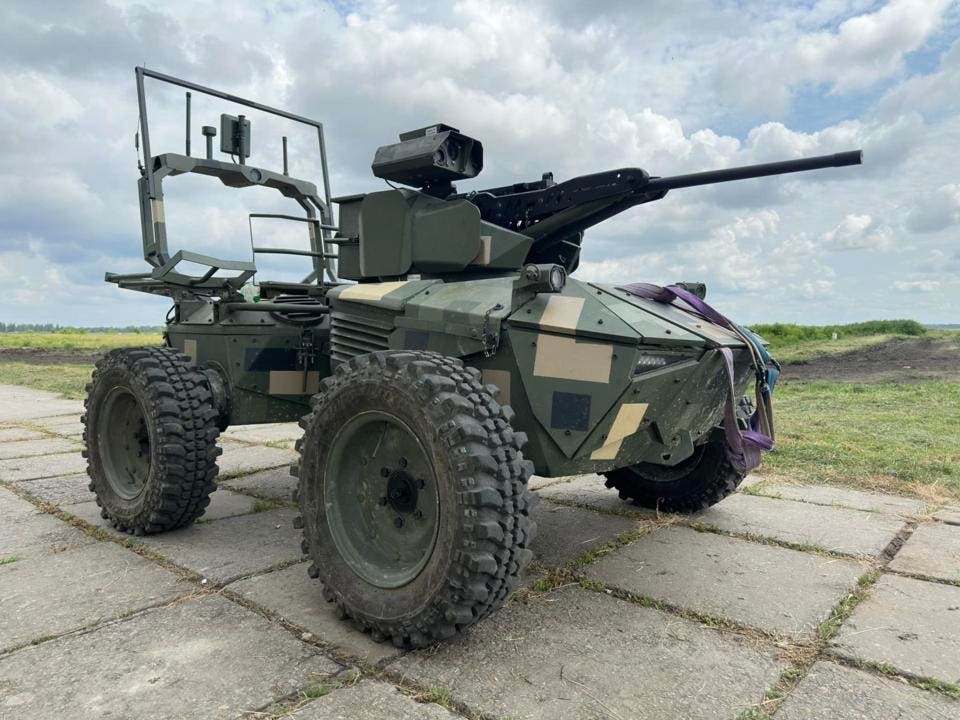
In a bold move to address personnel shortages, Ukraine has announced plans to deploy 15,000 Uncrewed Ground Vehicles (UGVs) in 2025. This ambitious scaling up of robotic forces represents a major shift in modern warfare tactics.
The Ukrainian Ministry of Defense has dramatically increased investment in military robotics, with UGV contracts surging from $2.5 million in late 2024 to $150 million in early 2025. These robotic vehicles come in various forms - from mine-clearing units to combat machines equipped with machine guns.
However, deploying ground robots presents unique challenges compared to aerial drones. "Bringing a 1,000-kilogram machine to the front line creates major logistical hurdles," explains Kateryna Bondar from the Center for Strategic and International Studies. Fuel transport, heavy batteries, and recharging requirements all pose operational complications.
Cost remains another key factor. While small drones cost hundreds of dollars, even basic UGVs start at $2,000-3,000, with advanced models exceeding $10,000. This limits their deployment to specialized roles that aerial drones cannot fulfill.
The robots are proving most valuable in high-risk logistics missions. UGVs can transport supplies to frontline positions and evacuate casualties through areas under heavy fire. In a recent operation, robotic vehicles successfully transported three wounded soldiers over 10 miles through an active combat zone.
Ukraine has already conducted its first all-robot assault, combining scout drones, bombers, and dozens of UGVs in a coordinated attack on Russian positions. This "assault without assault" approach keeps human soldiers away from direct combat until positions are secured.
Looking ahead, research continues into more advanced platforms, including humanoid combat robots. However, current legged robots struggle with basic terrain challenges like mud and plowed fields. While companies like Tesla promote humanoid designs, their battlefield utility remains unproven.
For now, Ukraine's robotic army serves alongside over 800,000 human troops in supporting roles, focused on dangerous tasks that put soldiers at risk. As artificial intelligence advances, these mechanical warriors may gradually take on more frontline combat duties. The future of warfare appears increasingly automated, though the timeline for full robot deployment remains uncertain.